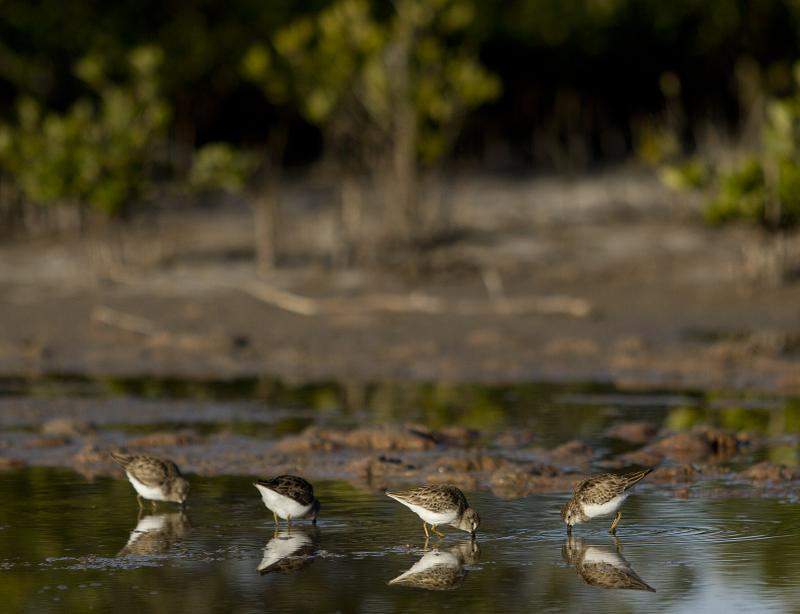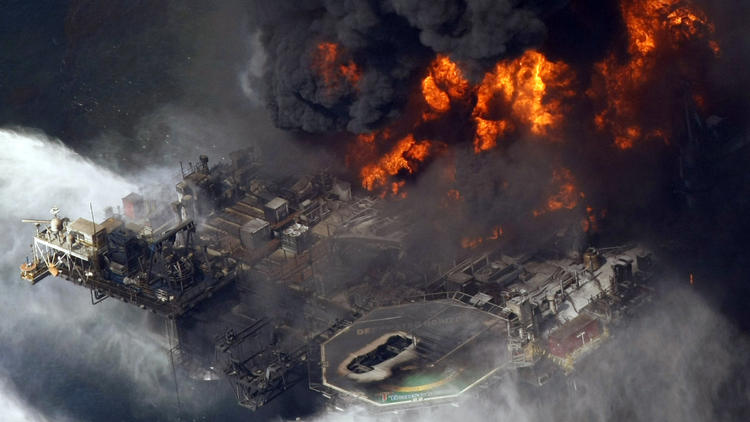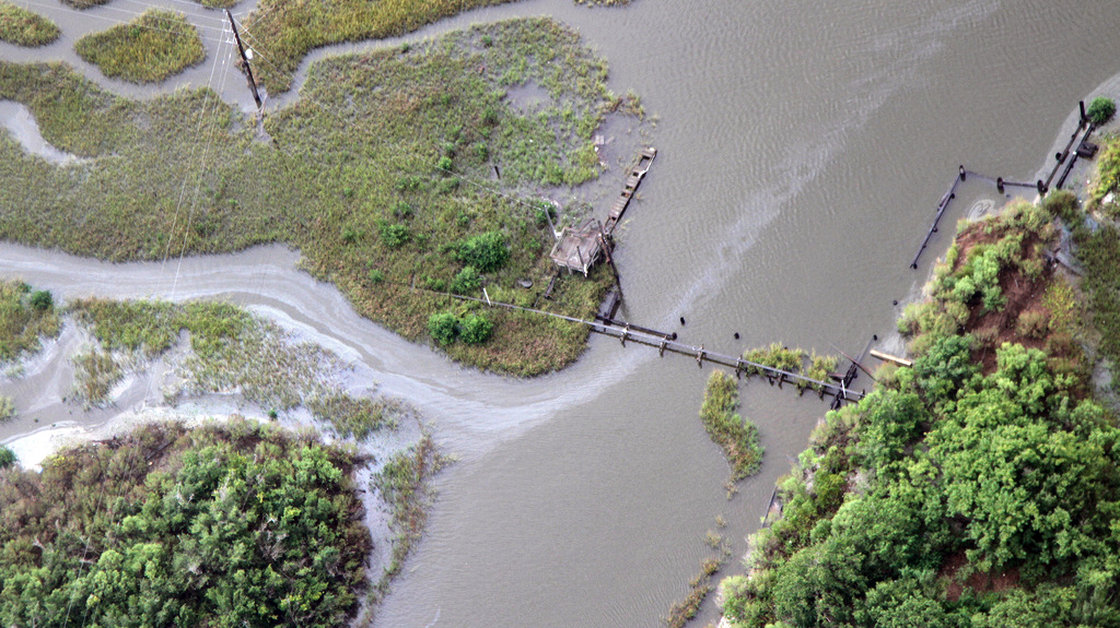
In Louisiana’s industrial heart, the shadow of Trump’s deregulation push looms as St James residents fight chemical plants, pipelines and laissez-faire policies
theguardian.com - by Lauren Zanolli in St James, Louisiana. Main image by Julie Dermansky - June 6, 2017
We’re sick of being sick, we’re tired of being tired,” said Pastor Harry Joseph of Mount Triumph Baptist Church, which serves this sleepy riverside town of about 1,000 residents, mostly poor and African American. Once a bucolic village of pasturelands and sugarcane fields on the banks of the Mississippi, St James, Louisiana, is now a densely packed industrial zone in the heart of Louisiana’s petrochemical corridor, commonly referred to as “Cancer Alley” . . .
. . . Fifteen large industrial sites – mainly oil storage facilities, pipelines and petrochemical plants – now fill the 13-mile stretch of road that defines the town of St James, also known as the fifth ward of St James parish.
Yet residents here say they’ve seen little economic benefit – either in jobs or tax revenues – from the industry that has taken over the town. Instead, they say, they’ve been saddled with a myriad of health issues, medical bills and environmental degradation.





 An older nearshore wellhead is shown off the coast of California in this undated photo. In state waters, California has resealed scores of its abandoned wells since the 1980s, but in federal waters, the official policy is out-of-sight, out-of-mind. Neither industry nor government checks for leaks at the more than 27,000 oil and gas wells abandoned in the Gulf of Mexico since the late 1940s. Abandoned wells are known sometimes to fail both on land and offshore. It happens so often that a technical term has been coined for the repair job: "re-abandonment." Photo: California State Lands Commission / The Associated Press
An older nearshore wellhead is shown off the coast of California in this undated photo. In state waters, California has resealed scores of its abandoned wells since the 1980s, but in federal waters, the official policy is out-of-sight, out-of-mind. Neither industry nor government checks for leaks at the more than 27,000 oil and gas wells abandoned in the Gulf of Mexico since the late 1940s. Abandoned wells are known sometimes to fail both on land and offshore. It happens so often that a technical term has been coined for the repair job: "re-abandonment." Photo: California State Lands Commission / The Associated Press



Recent Comments